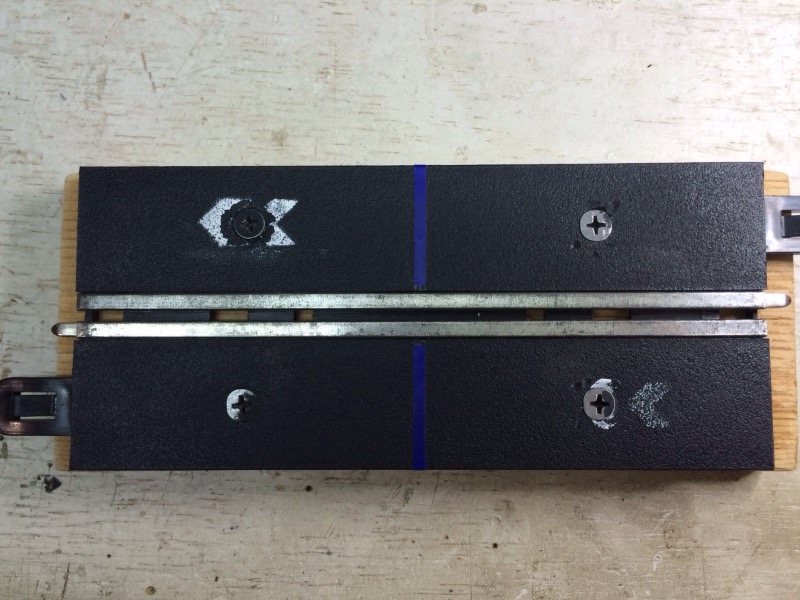Thanks for the input Ram. You've raised some valid concerns/points, so let me address each one.
RameshB wrote:1 The block is magnatised in a particular area of the metal strip, therefore moving the car to another position on the block that is not magnatised should not be a problem since our testing at home is with a track that is not magnatised.
Some track pieces will often have slightly magnetized rails, including those used by any of us to test our cars, especially if we always use the same section to do the test. I know that the official block will tend to have more because of its purpose, but it is the same for everyone - a standard. It is like using a magnet marshal... each magnet marshal will give slightly different readings. We only have one magnet marshal and this makes it difficult for car builders to get in the ball park with downforce settings when working on cars away from FRC, which is why we introduced the USD rule. At least with the USD rule cars can get within the ball park and then be fine-tuned at the track using the official block. If every car is tested in the same position, the only variation is the location of the magnet(s) in the car and most will tend to be in the same general location for the specific class. By always using the same position for all cars, car builders have a consistent way to check their various cars and set them up accordingly.
RameshB wrote:2 The inline cars are more balanced than the S W cars therefore that extra magnetic pull keeps the front of the car up.
If we use the official block as described, the test is the same for everyone. If you choose an inline setup, based on the comment above you already have a more balanced car, presumably an advantage over a less balanced car. Regardless of setup, the rule requires that the car still drop away from the block.
RameshB wrote:3 However the S W cars are fine with the fulcrom effect by leaning downwards and turning on the axle.To me the point was falling off the block at any point and not a magnetic part of the block only, this should be considered as an option as the configuration is different some in line and some s w we may also have a w also.
One location on the block for all cars is the only way to ensure equal testing of all cars. Why should one person's car drop away by just releasing the car and another person's car require rolling back and forth across the block to find a spot where it falls away? This obviously means that the first car has less downforce than the latter. Is it fair to have one car with more downforce than the other and both pass the test by manipulating the method of testing in favour of the one with greater downforce? We might as well go back to Luke's original suggestion that we shake the block so that cars fall off. If so, I'll make sure that I shake it real hard for my cars.
RameshB wrote:4 In some instances the SW cars lean off the block but does not fall off because the body work keeps them from falling off, this also can be viewd as an infringment on falling off the block, but if that type of car is placed far back on the block it will fall off, with all development and methods of testing it will take these types of feedback to come up with regs that are fair to the sport as a whole. Thanks for considering .
Some people reading my post may not have noticed that I used the term "drop away" or "fall away" and not "drop off" or "fall off". All that matters is that the car not stick to the block. Once it falls away, it has passed the test, even if it doesn't drop off the block.
Any time either the front or rear wheels drop away from the test block, the car has passed the test. I have added this last clarification (in bold type) to the compliance definition at the beginning of this topic (the original post).
